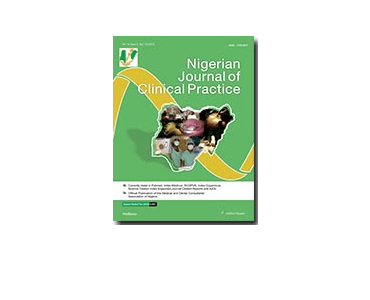Hypertelorism and Orofacial Clefting Revisited: An Anthropometric Investigation. SM Weinberg, EJ Leslie, JT Hecht, GL Wehby, FWB Deleyiannis, LM Moreno, K Christensen, ML Marazita.
Date: June 2016. ONLINE AHEAD OF PRINT Source: The Cleft Palate-Craniofacial Journal. Objective: Since the 1960s, multiple studies have reported a tendency toward hypertelorism in individuals with nonsyndromic orofacial clefts (OFCs). However, the association between specific cleft types and increased interorbital distance has been inconsistent. Using three-dimensional (3D) surface imaging, we tested whether different forms…







